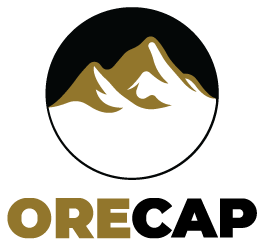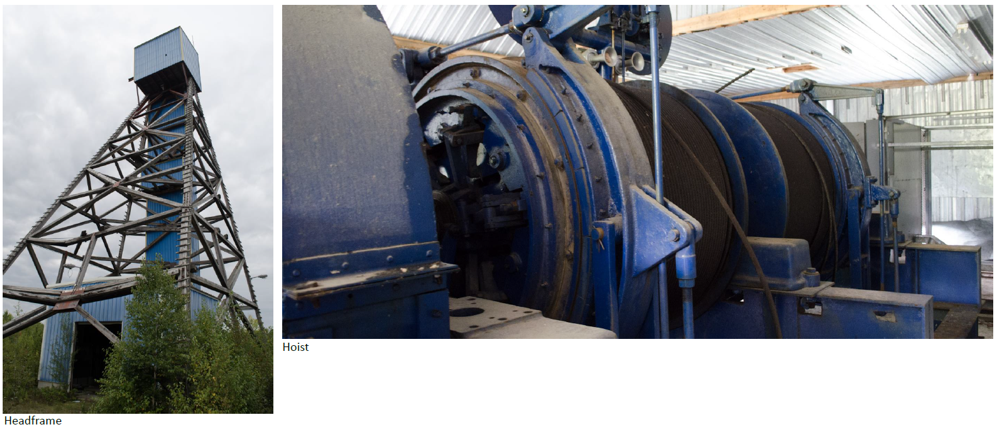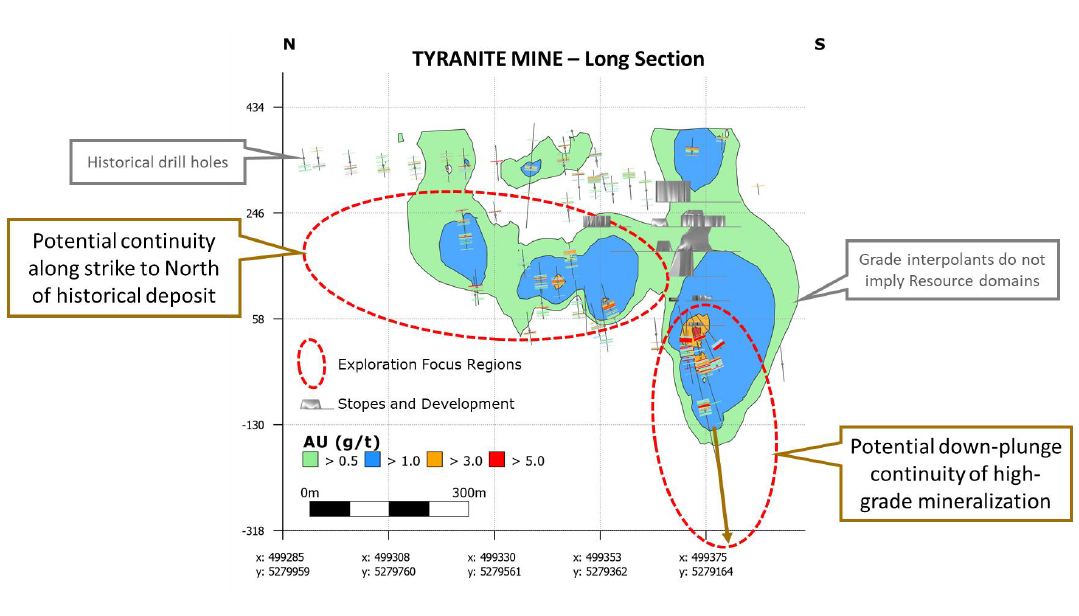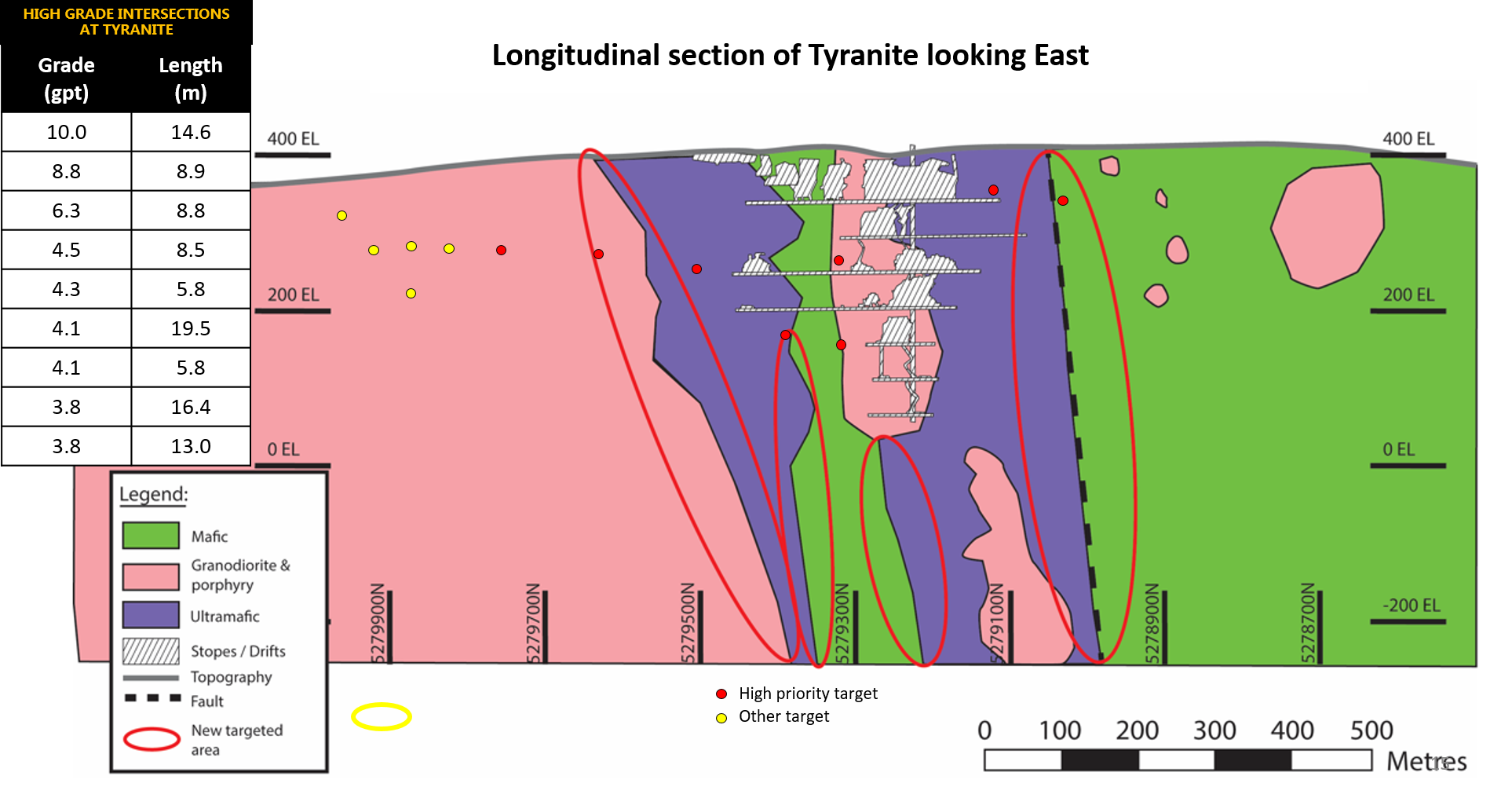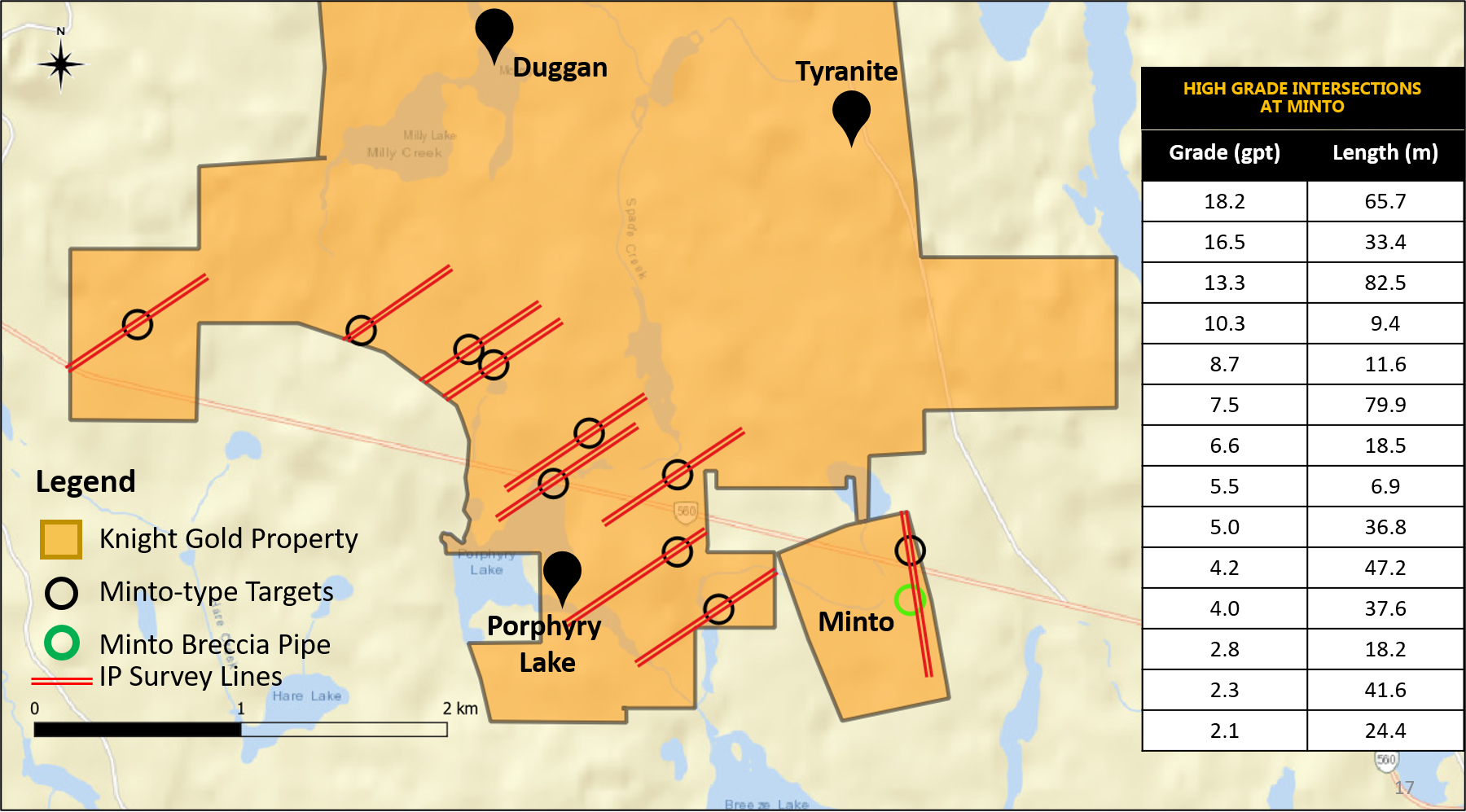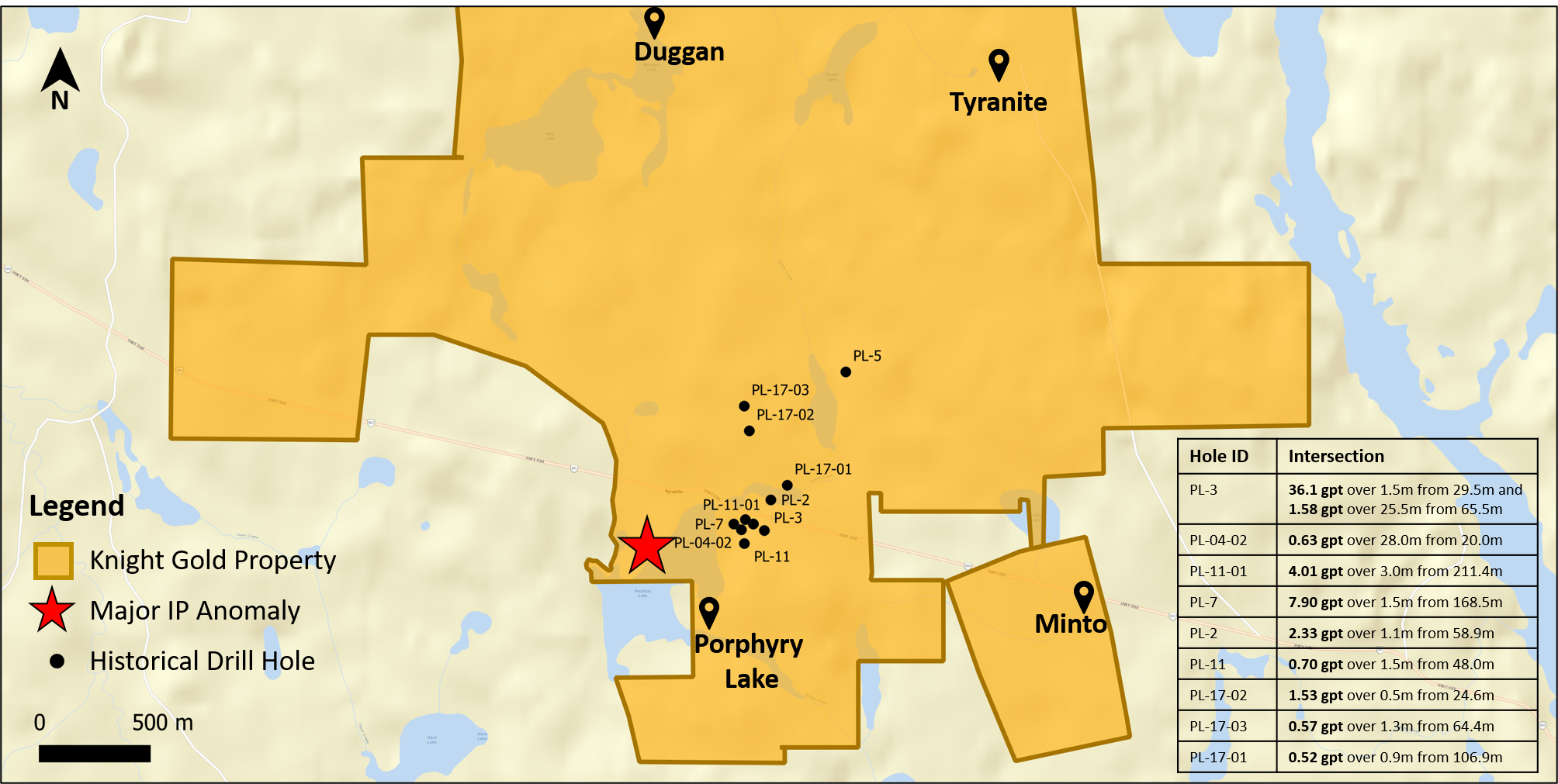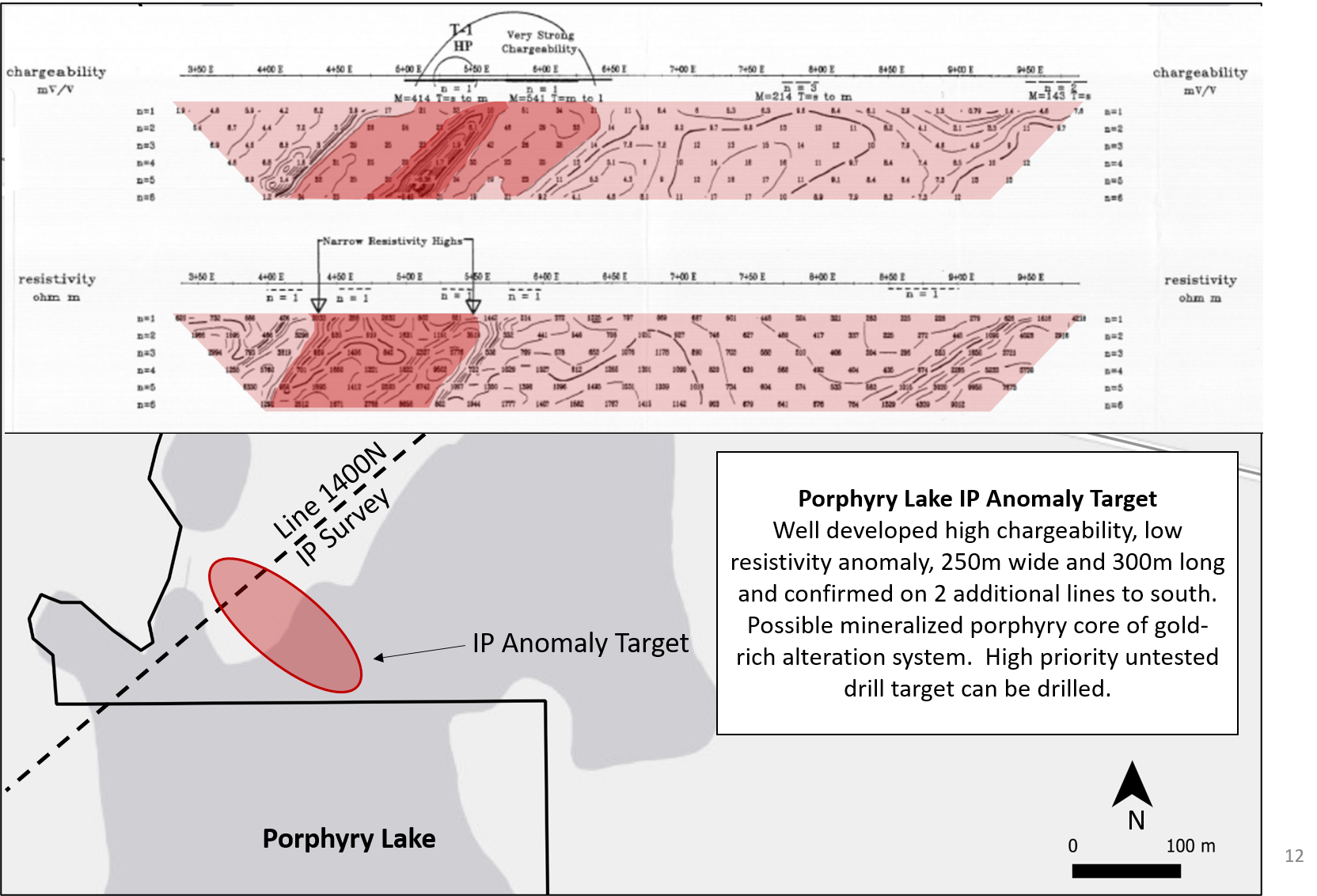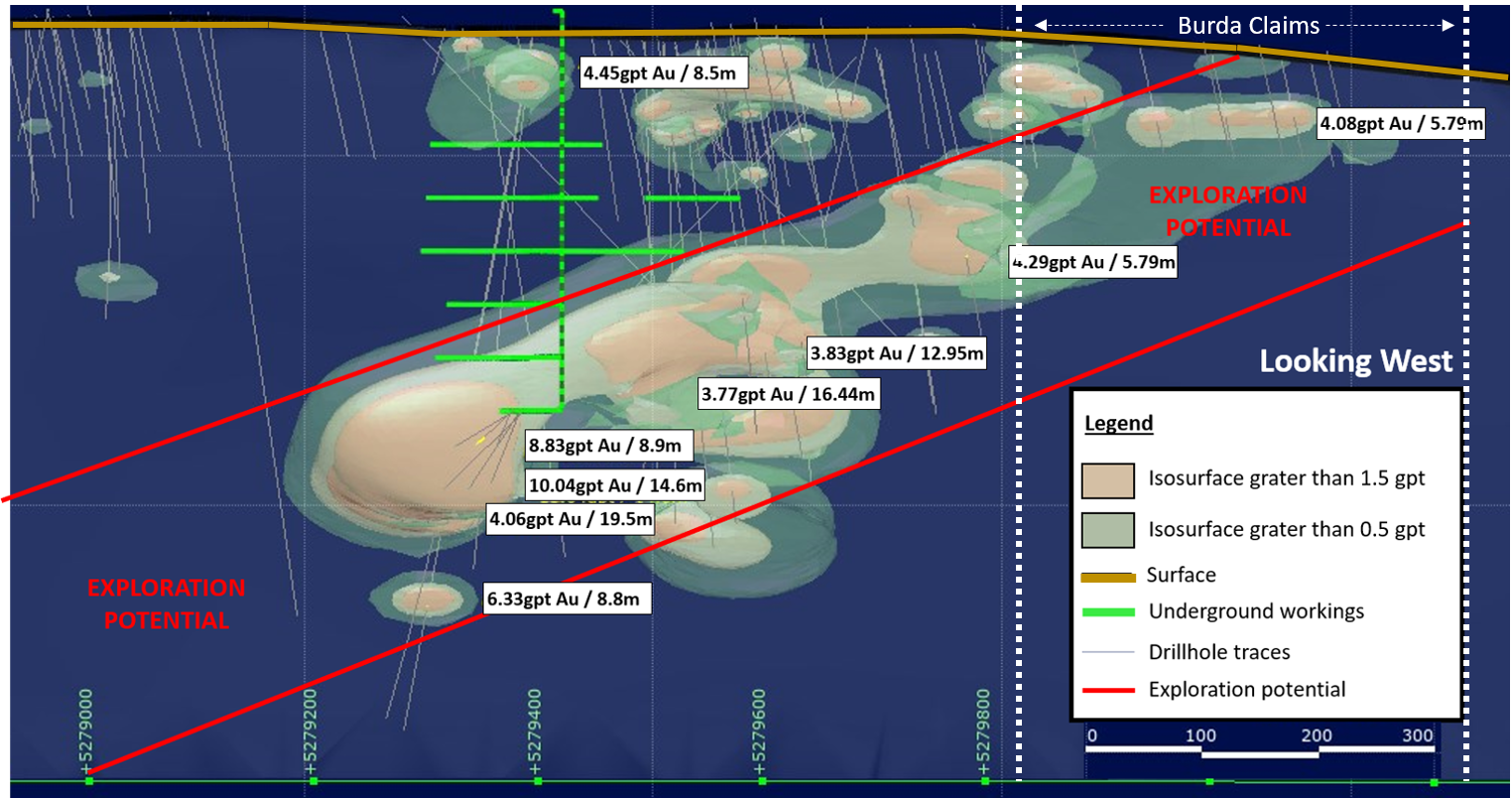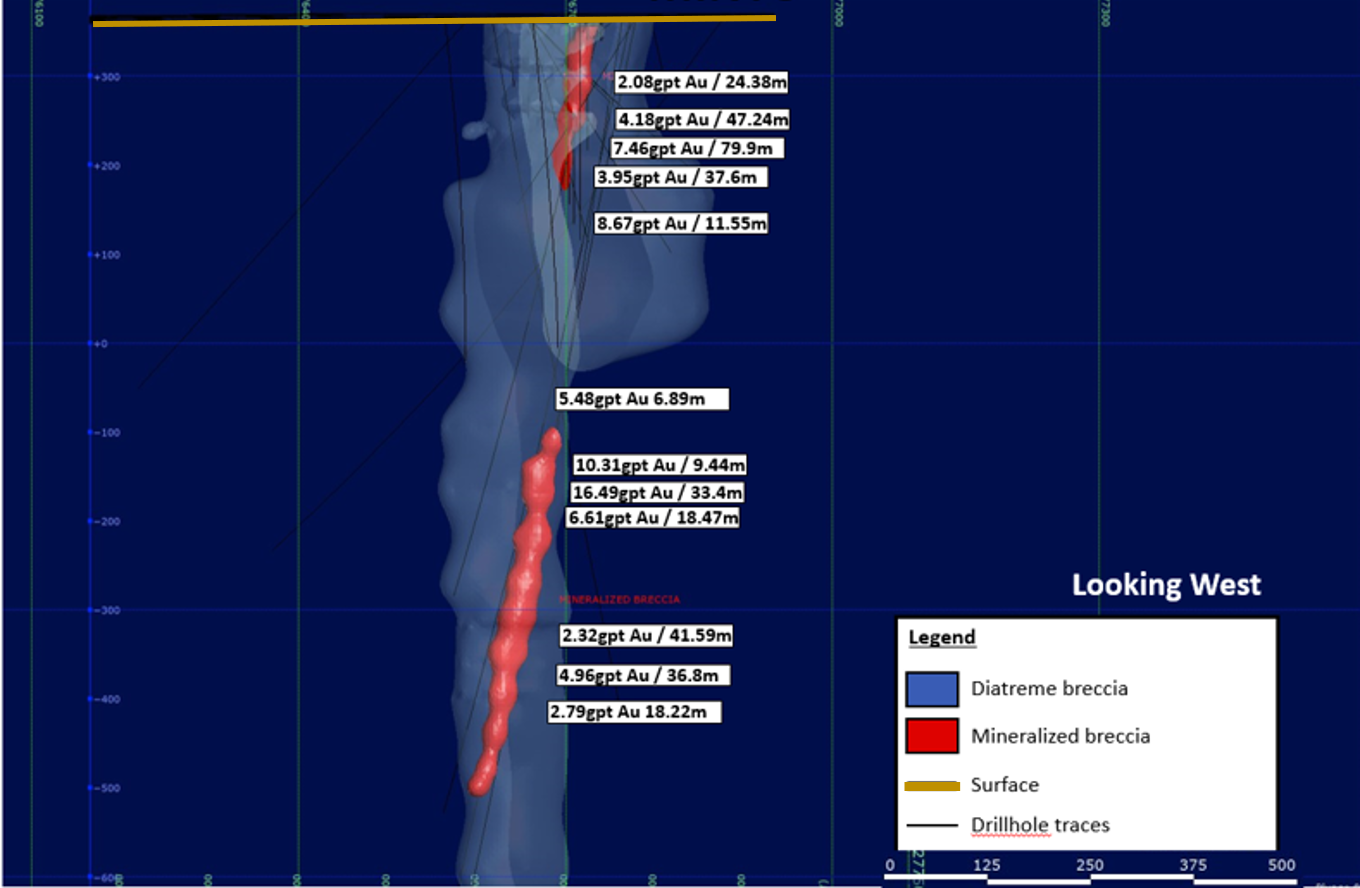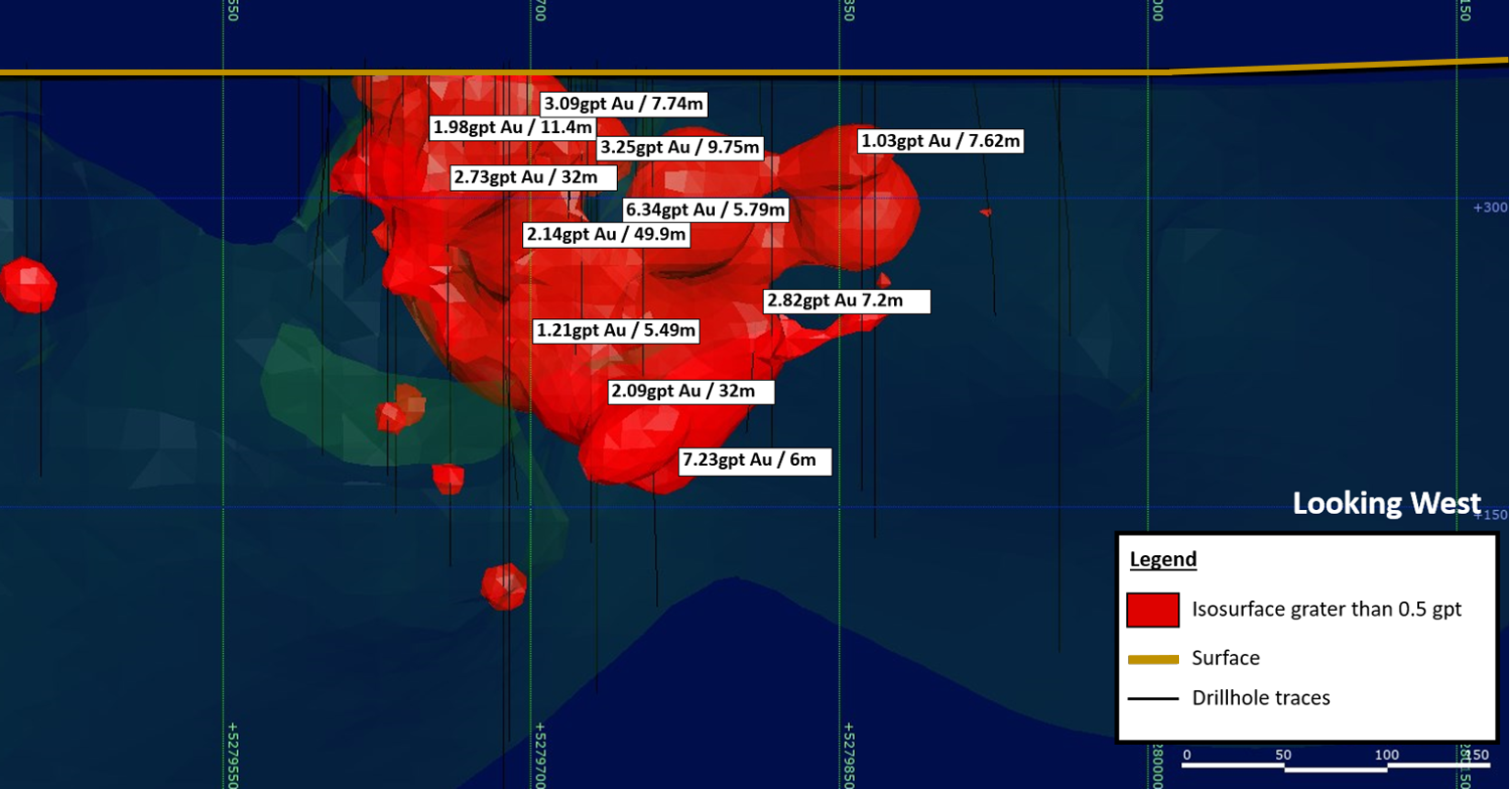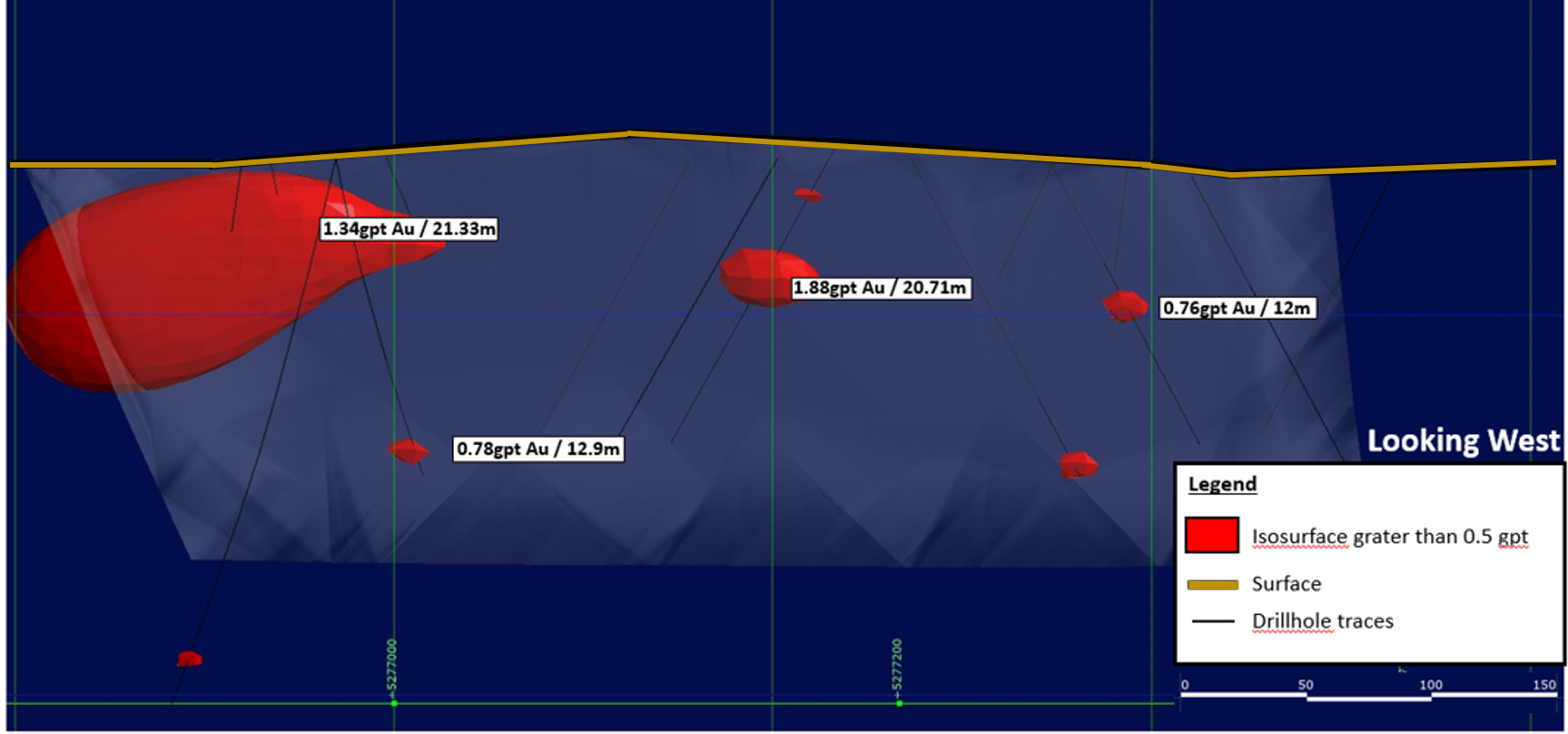Knight Project
About the Knight Projects
The Knight project is one of ORECAP’s flagship assets, located adjacent to Caldas Gold’s 2.3 million ounce Juby project, which is contiguous to the Knight property. The company has outlined three distinct targets on its Knight Gold Project, which it plans to drill in 2020 and 2021. Each target has a distinct geological style and have not been previously drill tested.
Location & Infrastructure
ORECAP's Knight Project is located along Highway 560 in the Knight and Tyrell townships of Ontario, approximately 80km east of Gogama and ~100km southwest of Kirkland Lake. The entire Knight Project land package encompasses ~2,200 ha and consists of 14 patented leases and 79 mining claims and is a consolidation of six proximate, high-potential properties with similar geology and significant drilling, exploration or development, including Tyranite, Tyranite Extension, Minto, Duggan, Porphyry Lake, Fawcett, and Corona.
Tyranite is a former producing mine with significant infrastructure in place.
Property Geology
Tyranite
The structure is open to the south and at depth. There is a 5,000-metre drilling program targeting the expansion of high-grade zones.
New Interpretations at Tyranite
3D inversion of a high-resolution magnetic survey allowed us to redefine the geological model at Tyranite by focusing more on ultramafics' contact zones. Historically, Tyranite was mined as a 'fault' style deposit. ORECAP's interpretation focuses on the ultramafic units' contact zones striking at right angles to the fault. Tyranite has never been drilled using this specific model/interpretation.
Minto
Minto is a high-grade breccia pipe, drilled from surface to over 800 metres depth. Minto's historical resource consists of a pod of carbonate sulphide breccias, with ~204,000 tonnes grading 0.2 oz/t (6.9 g/t) to a depth of 229 metres (750 ft). Refer to the note on historical resources on this page.
Notable Drill intersections at Minto include:
- 18.2 gpt Gold (7.9 gpt if cut to 31.1 gpt) over 65.7 metres and 4.61 gpt Gold (3.5 gpt if cut to 31.1 gpt) over 79.6 in drill hole MC-09-02
- 13.3 gpt Gold (11.0 gpt if cut to 31.1 gpt) over 82.5 metres in drill hole MC-09-01
- 1.15 gpt Gold over 280 metres, including 5.2 gpt Gold over 3.44 metres, 3.2 gpt Gold over 5.47 and 3.4 gpt Gold over 41 metres in drill hole MC-10-03b
- 1.01 gpt Gold over 192.0 metres, including 5.04 gpt Gold over 24.4 metres in drill hole MC-11-11
Duggan
Duggan is located 1.5 km west of Tyranite and hosts similar geology and potential for a high-grade open pit. Previous property owners confirmed historical work and expanded the mineral zone's strike extension to 700 metres and a depth of 410 metres.
Previous drilling on the property yielded near-surface intersections—notably:
- 2.14 g/t Au over 49.9 metres (1316-08)
- 2.73 g/t Au over 32 metres (1316-09)
- 7.23 g/t Au over 6 metres (CD13-03)
Porphyry Lake
Porphyry Lake hosts two gold mineralized porphyry systems with wide, low-grade gold intersections in drilling. Mineralization is consistent with a mineralized porphyry system. There is potential to eventually develop it into a large, bulk tonnage open pitable deposit. The property also potentially hosts breccia pipes similar to that at Minto, as it is located immediately to the west of Minto and contiguous to Tahoe's Juby north boundary.
Notable intersections include:
- 1.88 g/t Au over 20.7 metres (PL-3)
- 1.34 g/t Au over 21.3 metres (PL-04-02)
Exploration Plan
Tyranite
Historical exploration of Tyranite shows that grades are high enough to be economic. The project's key is to delineate sufficient economic grade mineralization within the mine infrastructure to justify rehabilitation of the shaft and renewed underground exploration.
Minto
In spite of seeing very high grades, including abundant visible gold, Minto's breccia requires additional work to increase tonnage and recoveries to boost its gold ounce per vertical metre. The proposed work program aims to confirm the mineralized breccia's width at depth (below 229 metres) beneath the diabase dyke.
ORECAP's reprocessed high-resolution magnetic data at Minto, using the Minto pipe as a reference. The new survey shows three dozen similar magnetic anomalies within the same formation that hosts Minto and Porphyry Lake systems. Furthermore, ORECAP conducted ground sampling on all three dozen targets and have confirmed ten targets for follow up IP surveying, given the Minto Breccia Pipe responds to the IP survey. Any anomalous targets from the IP survey will be drill tested. The discovery of new breccia pipes could significantly improve economics and increase the scale of Minto.
Duggan
The known mineralization at Duggan is rich and wide enough to consider an open pit that could significantly contribute to the overall project. The proposed work program calls for validation of historical drilling and a drill program to increase mineralization for a maiden resource and possibly a PEA.
Porphyry Lake
Porphyry Lake's exploration plan revolves around two main objectives: 1) find a center of porphyry-type gold mineralization with open pit potential; and 2) find additional Minto-type breccia zones, which are small but very high grade.
ORECAP has identified a major, untested IP high chargeability/low resistivity anomaly over 300m long by 250m wide under Porphyry Lake. We believe that there is a large gold system centred on Porphyry Lake, which shows multiple significant intersections surrounding the large, untested IP target–which has never been previously drilled. ORECAP will focus on drilling this target.

